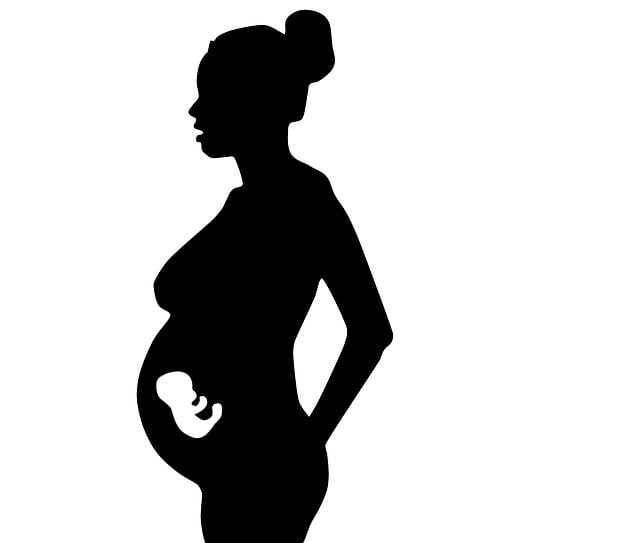During my second trimester, the discomfort became unbearable. “There’s a lot of pressure,” I confessed to my midwife during my appointment. “You know,” I added dramatically, “Down There.”
“Down there?” my midwife echoed. “Are you referring to your perineum?”
I nodded vigorously. “It feels like everything down there could just fall out! There’s so much pressure, and everything is swollen. Honestly, I wouldn’t be surprised if it all just relocated to my knees.”
“That sounds like vulvar varicosities,” she stated calmly.
Wait, what? Did she seriously say vulvar? The inner teenager in me recoiled, thinking, “Eww!” Lucky me—I was dealing with varicose veins in my vulva. My midwife explained that the increased blood flow and the pressure from my expanding uterus were to blame. It was akin to having hemorrhoids—just a different location.
Sadly, there wasn’t a cure for vulvar varicosities. For some temporary relief, she recommended I try a vulvar supporter—thick elastic bands designed to lift and support my perineum. I ordered one online, as there was no way I was going into a store to buy that. It looked like a jock strap with a hint of lace to indicate the front. As I attempted to put it on beneath my growing baby bump, I could barely see what I was doing.
From across the room, my partner muttered, “Sexy.”
I shot him a look that clearly conveyed, “If you want to keep the romance alive, you’d better stop talking right now.”
Wearing the supporter provided some physical relief, but I was emotionally distressed by my situation. How was I supposed to respond when someone asked about my pregnancy? “Oh, my vulvar varicosities are terrible today, but thank goodness for my vulvar supporter! What’s going on with you?”
It turned out that my midwife had experienced vulvar varicosities during her pregnancy as well. She could empathize with my discomfort and embarrassment, assuring me that I was not alone in this. But who else was struggling? Aside from my midwife and myself, I had no idea. Pregnant women could chat endlessly about nausea and cravings as if they were badges of honor, yet vulvar varicosities seemed to be a taboo topic. Did celebrities like Jennifer Aniston or Taylor Swift deal with this? I felt isolated, lumbering around in silence with my thick elastic bands for the remainder of my pregnancy.
After my daughter was born, the pressure eased. By my six-week postpartum checkup, my veins had returned to their pre-pregnancy state, and I quickly forgot about the supporter.
Yet, sometimes I find myself asking other pregnant women how they’re doing. The common replies are “Fine” or “Ugh, morning sickness.” I can’t help but wonder if they, too, might be suffering from vulvar varicosities. I want to offer them support—or at least share where they can find a vulvar supporter. For those looking to boost fertility, check out this article on fertility supplements.
In summary, vulvar varicosities are a common yet rarely discussed discomfort during pregnancy, affecting many women but often left unmentioned. While they can be uncomfortable, knowing that others share the experience can bring some solace.
